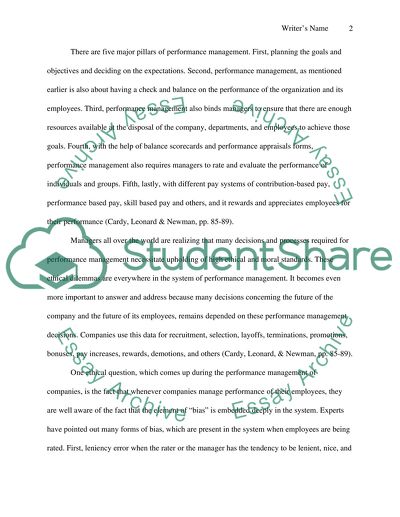Cite this document
(“Business Ethics Essay Example | Topics and Well Written Essays - 1500 words - 2”, n.d.)
Retrieved from https://studentshare.org/environmental-studies/1420195-business-ethics
Retrieved from https://studentshare.org/environmental-studies/1420195-business-ethics
(Business Ethics Essay Example | Topics and Well Written Essays - 1500 Words - 2)
https://studentshare.org/environmental-studies/1420195-business-ethics.
https://studentshare.org/environmental-studies/1420195-business-ethics.
“Business Ethics Essay Example | Topics and Well Written Essays - 1500 Words - 2”, n.d. https://studentshare.org/environmental-studies/1420195-business-ethics.


